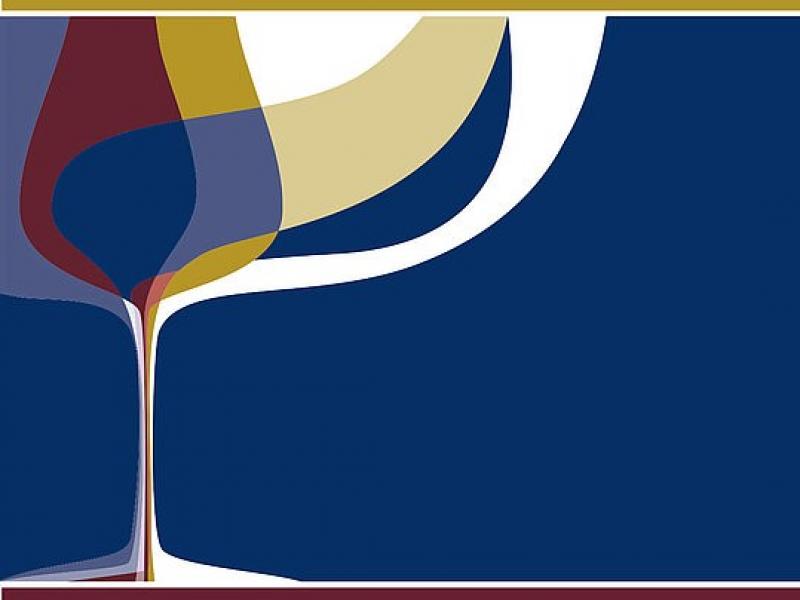Historical wine labels as pointers to places and spaces of wine cultivation, production and distribution: A case study from the German Mosel region
Lecture by Christof Schöch, Claudine Moulin and Joëlle Weis

Date:
21.02.2024 bis 23.02.2024Place:
University of Eichstätt,
Kapuzinergasse 2,
85072 Eichstätt (room KAP 018)
Lecture by Christof Schöch, Claudine Moulin and Joëlle Weis on February 23 from approx. 2:20 p.m.
Categories:
ConferenceContact:
Prof. Dr. Christof SchöchFurther Information:
Conference website
Wine cultivation, production, and consumption is a social phenomenon that intersects various scientific disciplines. Besides the natural science and technological dimension of cultivation and production, wine is an economic common and as such part of the global economy. As a consumer product, wine is entangled with (regional) identities and imaginaries, and is mobilized as a token of distinction and social class.
Various trends have shaped and are about to influence the production and consumption of wine considerably: shifts of wine cultivation areas due to climatic changes (e.g., Nordic countries), re-organization of wine production in global production networks, negotiation of work conditions in wine cultivation and production, digitalization of cultivation and production practices, and changing consumer dynamics.
This workshop aims to discuss these developments based on current theoretical approaches in human geography, sociology, philosophy, history, anthropology, cultural studies, and others and is particularly interested in the spatial configurations of these dynamics, for example with regard to scales, networks, territories or places.
The lecture by Christof Schöch, Claudine Moulin and Joëlle Weis will take place on 23.02.24 in Session 7:
Historical wine labels as pointers to places and spaces of wine cultivation, production and distribution: A case study from the German Mosel region
Wine labels are important economic and cultural artifacts that contain a variety of information, be it legal, linguistic, aesthetic, economic, or cultural in nature. Among other things, wine labels contain numerous references to places and spaces that are relevant to viticulture, production, distribution, or even the consumption of wine, both in their textual content and in the images used. Such references can relate to the vineyards where the grapes were grown, the winemakers, villages or cities where the wine is produced and bottled, or the towns and communities from which traders ship their wines.
The presented project utilizes these references on wine labels, but with two additional focuses: Firstly, not only contemporary wine labels are processed, but especially historical wine labels containing references to sometimes forgotten places and information, such as vineyards or winemakers. Secondly, wine label collections belonging to the TCDH (Trier Center for Digital Humanities) are digitized and processed using data models and digital methods, with the aim of describing, enriching, analyzing, and visualizing the labels. The result will be a rich network of information in the form of linked open data that opens up new perspectives for the exploration of the cultural history of viticulture, production, and distribution spaces.
Based on data from the Moselle region, one of the oldest wine regions in Germany, the approach is presented and some of the research questions that can be answered using the data are discussed.
___
Publication by Joëlle Weis and Christof Schöch: “Vom Perler Hasenberg zur Lehmener Würzlay – Weinetiketten digital erschließen”. In: Katharina Günther, Stefan Alschner (Hg.), Sammlungsforschung im digitalen Zeitalter. Chancen, Herausforderungen und Grenzen. Göttingen: Wallstein Verlag 2024 (= Kulturen des Sammelns. Akteure, Objekte, Medien 5), S. 19–28. URL: https://manifold.hab.de/read/sammlungsforschung-im-digitalen-zeitalter/section/9dc85979-f930-4cbd-abd4-4f3c7efe7acb

